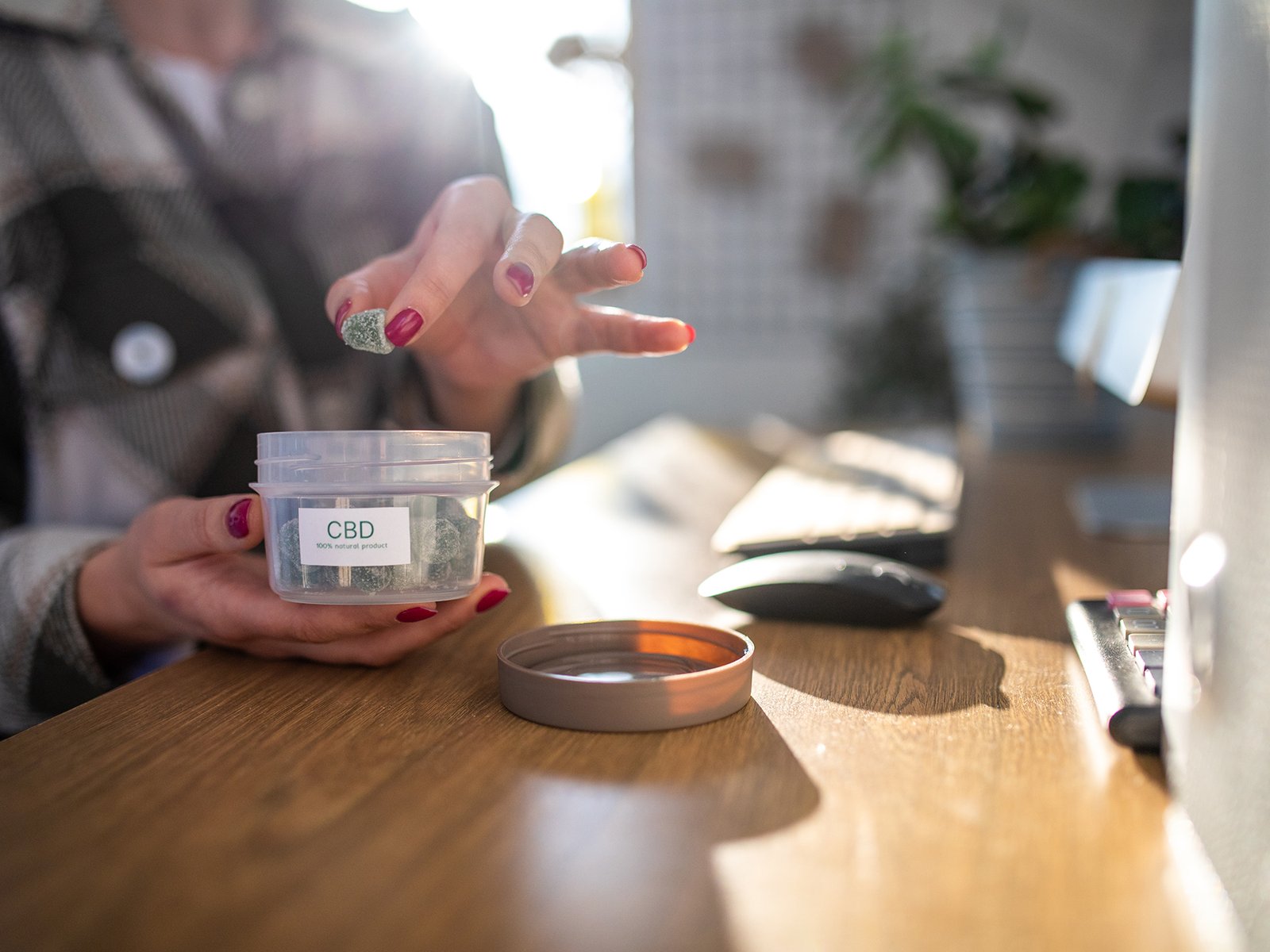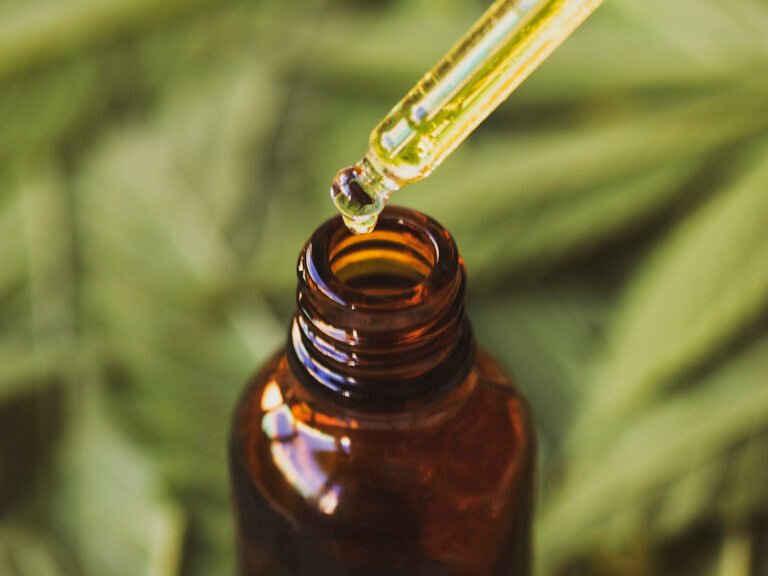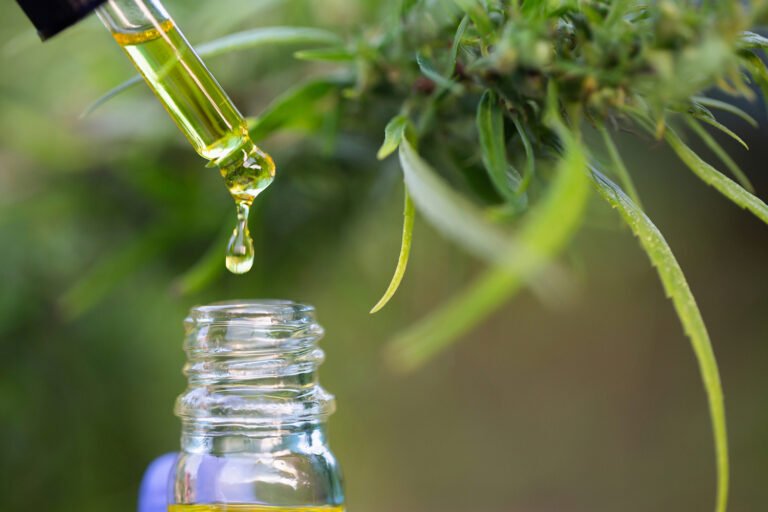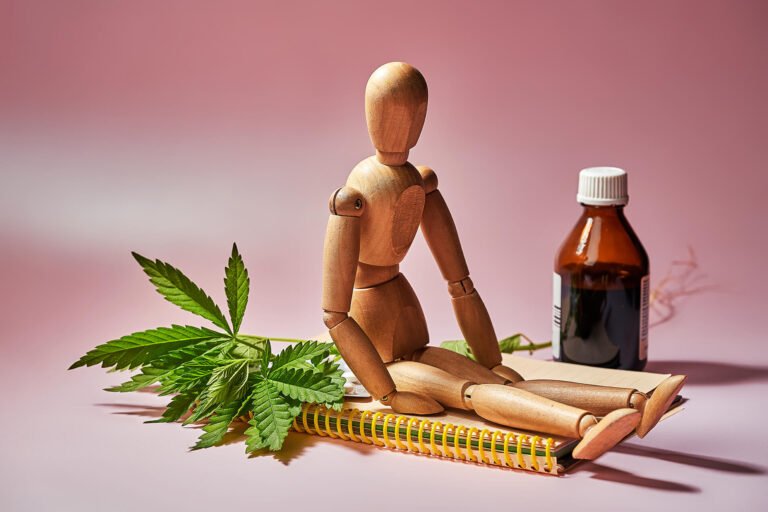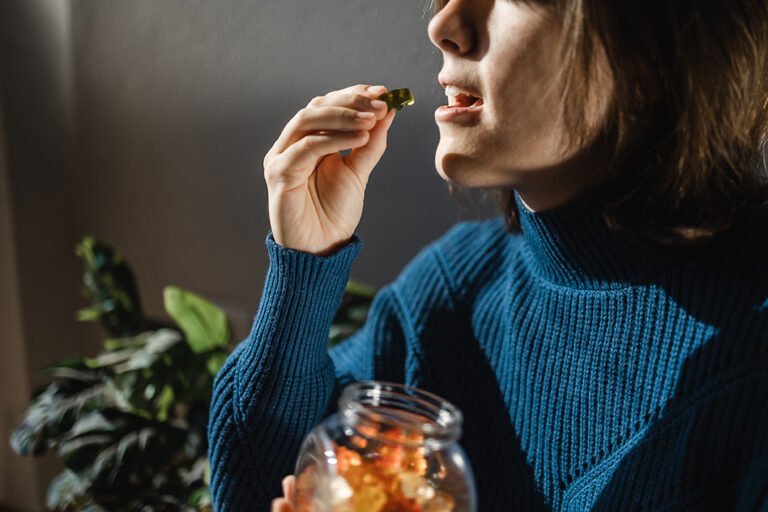What Is Full-Spectrum CBD & Why It Matters
What if the secret to unlocking CBD’s full potential was hidden in plain sight? Meet full-spectrum CBD – the buzzworthy solution that has more layers than your skincare routine. But with all the chatter in the wellness world, there’s bound to be a few misconceptions floating around. Is it better than CBD isolate? What’s the deal with THC levels? And what in the world is the “entourage effect”?
Don’t worry—we’re here to decode full-spectrum CBD, separate fact from fiction, and give you all the tools you need to make smarter, healthier wellness decisions. Spoiler alert: we’re about to make CBD make total sense.
What Exactly Is Full-Spectrum CBD?
Alright, let’s start with the basics. Full-spectrum CBD is essentially the whole bundle of beneficial compounds found in the cannabis plant. Think of it like your favorite smoothie—except instead of strawberries and bananas, you’ve got cannabinoids (like CBD and THC), terpenes (fancy molecules responsible for those lovely scents), and flavonoids (the backstage MVPs of plant wellness).
Here’s the twist, though—full-spectrum CBD does have trace amounts of THC. Cue the gasps. But before you start picturing 1970s tie-dye vibes, relax! The THC content in full-spectrum CBD is less than 0.3%, which is far from enough to cause any psychoactive effects. Legally compliant and non-intoxicating—that’s the name of the game.
Meanwhile, CBD isolate is like the minimalist cousin of full-spectrum—the fancy sort that comes stripped down to just one thing: pure CBD. No entourage here, just one star doing a solo act.
Misconceptions We Need to Clear Up
Before we go any further, let’s tackle some myths causing unnecessary confusion:
- “Full-spectrum CBD will make me high.” Nope—those trace THC levels are so tiny, they’re not coming to the party with any psychoactive vibes.
- “CBD isolate must be more effective because it’s pure.” Actually, more isn’t always better (cue the entourage effect—we’ll explain in a sec).
- “I should worry about THC showing up on a drug test.” This one’s slightly trickier. While most people have no issues, heavy or frequent use could potentially show up. If you’re concerned, you might want to stick to broad-spectrum CBD or isolates just to be extra cautious.
The Entourage Effect – The Ultimate Squad Goals
Ah, the entourage effect. It may sound like the latest band on the festival circuit, but it’s actually the reason full-spectrum CBD is such a big deal.
Here’s how it works. When all the compounds in the cannabis plant—cannabinoids like CBD, terpenes, and flavonoids—work together, they create a synergistic effect that amplifies the therapeutic benefits of CBD. It’s like a jazz band where every musician plays their own notes, but together, they create a next-level harmony.
Research suggests that full-spectrum CBD may be more effective for pain relief, anxiety, and overall wellness because of this entourage effect. Each compound contributes to the greater whole, boosting performance in ways CBD isolate simply can’t.
Wait, Is Full-Spectrum CBD Actually Legal?
Quick answer? Yep, assuming it follows the golden rule of THC levels: less than 0.3%. This federal guideline ensures that full-spectrum CBD products remain non-psychoactive and legal.
However, the CBD legal landscape can still feel messier than your junk drawer. Each state has its own rules (looking at you, Idaho), so it’s important to stay informed based on where you live and work.
Pro Tip: Always buy from reputable brands that provide third-party lab testing results. These ensure your CBD is high-quality, accurately labeled, and compliant with THC limits. Think of it as your insurance against sketchy wellness products.
Why Testing & Transparency Matter
Here’s the thing—nobody likes surprises when it comes to their health. Yet, the CBD industry is still largely unregulated, meaning not all products are created equal.
That’s where lab testing steps in. Reliable companies invest in third-party testing to verify their CBD products for:
- Potency (how much CBD and THC are actually in there),
- Purity (no nasty contaminants like heavy metals or pesticides), and
- Safety (goodbye, unwanted additives).
When choosing full-spectrum CBD, always look for lab reports. If you can’t find them—or if the company gives you the runaround—that’s your red flag to move on.
Why Full-Spectrum CBD Deserves a Spot in Your Routine
At this point, you might be wondering, “Why should I bother experimenting with full-spectrum CBD?”
The answer? It’s versatile, effective, and aligned with nature’s original design. Full-spectrum CBD isn’t about stripping things down—it’s about giving you the whole plant experience, as it was naturally intended. Whether you’re exploring it for better sleep, reduced stress, or relieving sore muscles after crushing your morning workout, full-spectrum CBD might be your next wellness MVP.
And if you’re someone who appreciates balance in health as much as in life, the entourage effect might just seal the deal. Aren’t we all looking for a little more harmony?
Disclaimer: This article is for informational purposes only and should not be considered medical advice. Always consult with a healthcare professional before starting any new supplement or treatment.

